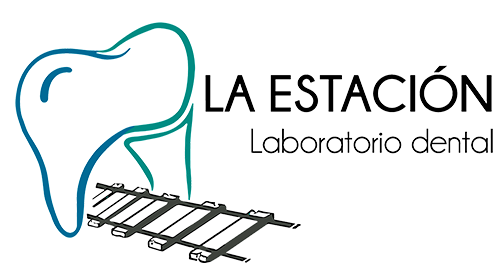Materials
Materials we work with in our dental laboratory
Lithium disilicate
Lithium disilicate is a glass ceramic that combines aesthetics and strength, being one of the most advanced options for dental crowns and veneers. It is especially appreciated for its excellent transparency and ability to imitate the brightness of natural teeth. Its versatility allows its use in various restorations, such as single crowns, short bridges and aesthetic veneers, offering a high-quality solution both in function and appearance.
Titanium
It is a lightweight, biocompatible and extremely resistant material, making it the best option for hybrid prosthesis bars.
PMMA
PMMA is a lightweight and strong acrylic material widely used in the fabrication of temporary dental prostheses, such as full and partial dentures, as well as temporary crowns. It is known for its biocompatibility and ease of molding, allowing for fast, customized results. Although it is primarily a temporary material, its smooth and aesthetic finish makes it a comfortable solution for patients while permanent prostheses are being made.
Hybrid composites
Hybrid composites are composite materials that combine resins and ceramics to create highly aesthetic and functional restorations. They are an ideal choice for temporary and definitive restorations in areas where a combination of durability and aesthetics is required. Due to their flexibility, they are used for both crowns and bridges in areas of lower masticatory load. Their ability to absorb impact and adapt to the bite makes them ideal for detailed work such as inlays.
acrylic resins
Acrylic resins are plastic materials commonly used in the fabrication of bases for removable prostheses, such as full or partial dentures. These resins are easy to manipulate, durable, and inexpensive. They offer a comfortable fit and allow for easy repair and adjustment of prostheses. Additionally, their ability to be dyed allows for the creation of bases that realistically mimic the patient's gums, improving both aesthetics and functionality.
Zirconium
Zirconium is a highly resistant and aesthetic ceramic material. Its translucent appearance realistically imitates natural teeth, making it perfect for fixed prostheses such as crowns and bridges. In addition to its aesthetic beauty, zirconium offers exceptional strength, allowing its use in areas of high masticatory stress. Its biocompatibility makes it a safe option for patients, minimizing allergic reactions.
Chromium-Cobalt
Cobalt chromium is known for its hardness and ability to resist wear, making it an ideal material for the fabrication of removable partial dentures and fixed crown and bridge structures.

